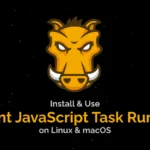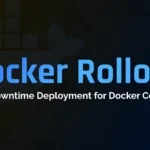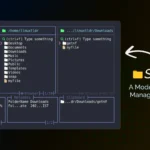COBOL Programming on Linux: Installation Guide & First Program
COBOL (also known as “Common Business-Oriented Language“) is a high-level programming language that first appeared in 1959 to meet the business data processing needs of companies and organizations. It was particularly designed for business applications and handling large-scale data processing, and despite its declining popularity,





